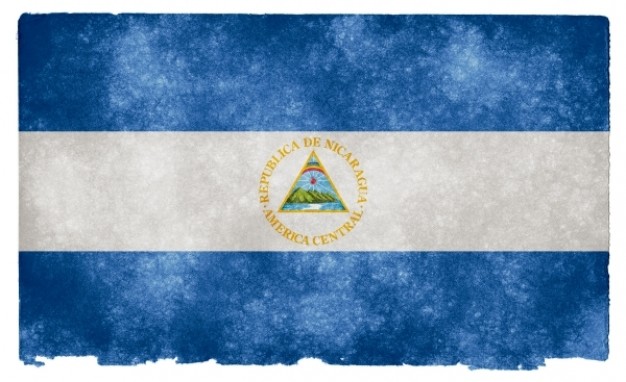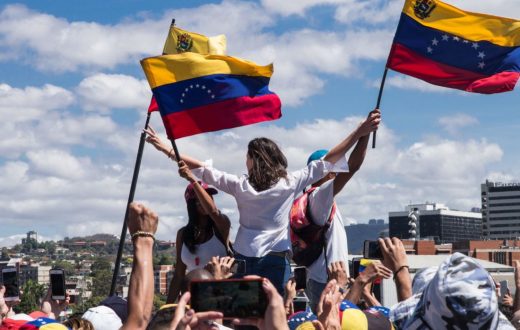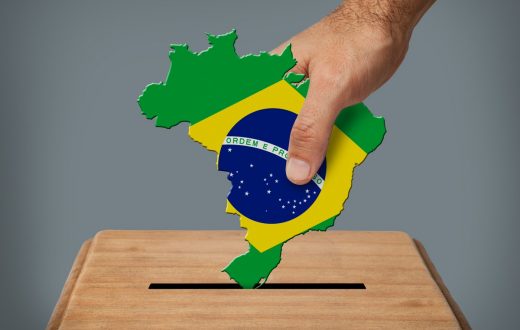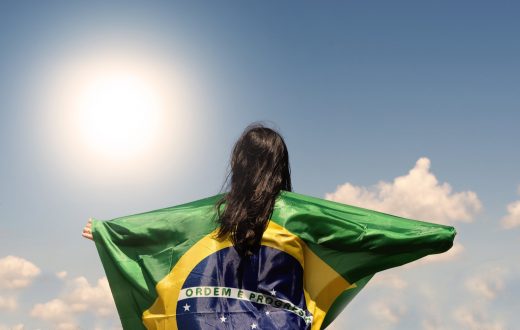A decade ago, Nicaragua’s sluggish economy relied primarily on agricultural exports, including coffee and beef. But during the past 10 years, Nicaragua has cultivated its longest run of political and economic stability since 1979. The country has leveraged its low wages and preferential trade with the United States to attract investment into clothing factories, helping the country’s export revenue quadruple between 2007 and 2014. And high oil prices enabled Venezuela to subsidize Nicaragua’s domestic spending and fuel imports through the Petrocaribe alliance, giving Nicaraguan President Daniel Ortega more leeway in economic planning. Despite occasional bouts of political protest and confrontation between supporters of the government and the opposition, politically motivated violence has been relatively minimal. But with falling global oil prices and the subsequent decline of Venezuelan foreign assistance, Nicaragua’s fortunes could soon change.
A year away from elections, it seems Ortega may still have the strength to rule for another five-year term, but diminishing aid from Venezuela will complicate Nicaragua’s economic planning in the near term and could eventually erode the Sandinista National Liberation Front’s tight control over national politics.
Since the implementation of the Central American Free Trade Agreement in 2005, reduced tariff barriers have given Nicaragua greater access to the U.S. market, and foreign investors have increased their cash flow into Nicaragua accordingly. Nicaraguan clothing exports, largely to the United States, went from less than $2 million in 2005 to around $2.7 billion in 2014. The low cost of doing business in Nicaragua, even relative to other Central American countries, has also contributed to the uptick in investment. The Nicaraguan minimum wage is between $109 and $245 a month — the lowest among its immediate neighbors, which are its biggest regional competitors for low-end manufacturing jobs.
Even still, waning assistance from Venezuela could threaten the continuance of this economic success story. Though Venezuelan aid to Nicaragua is a small portion of Venezuela’s total foreign aid, declining oil revenue has forced Caracas to make some cuts. At its height in 2012, Venezuelan aid to Nicaragua totaled $728.7 million — less than 1 percent of Venezuela’s reported oil export income for that year. But because Venezuela’s oil revenue was cut nearly in half this year and because Caracas is concentrated on making foreign debt payments and investments into the oil sector, Venezuela has cut some of its aid abroad. In Nicaragua’s case, aid in the first half of 2015 declined 23 percent from the year before, totaling some $193 million. Nicaragua depends on Venezuelan aid to augment public spending, and if assistance continues to fall, Nicaragua stands to lose a key source of political patronage.

Venezuela’s heavy subsidization of Nicaraguan public finances guaranteed some measure of financial stability throughout Ortega’s presidency. Direct loans from Venezuela’s state-owned oil firm, Petroleos de Venezuela, not only cushioned the blow of rapidly rising oil prices in the late 2000s but also helped Nicaragua fund food imports and subsidize public transport fares. Although the subsidies are only a small part of PDVSA’s total operating revenue, the aid given in 2014 represented about 32 percent of Nicaragua’s total budgeted income for 2015. And if Ortega’s government fails to fund socially sensitive programs such as public transport, on which it spent $16.5 million in the first half of 2015, it risks losing political support in the long run.
Still, the near term looks relatively benign for the ruling Sandinista National Liberation Front. The party has slightly more than a year until the next general election, slated for November 2016, and it faces a divided and politically weak opposition. The only coherent opposition bloc is composed of the leftist Sandinista Renewal Movement and the more centrist Independent Liberal Party. The coalition commands less than 30 votes in congress, compared to the Sandinista National Liberation Front’s 61. With only a year until the election, voters might not feel the effects of reduced subsidies before re-electing Ortega. However, if he serves another five-year term, Ortega may have to enact greater fiscal discipline if Venezuela’s patronage continues to decline. So far, Ortega’s popularity has depended on his support of programs that benefit the voters, and an erosion of that public assistance would complicate his ability to govern in the long term.
Overall, the pace of the decline in aid will greatly influence how the next presidential term plays out. A sharp drop in assistance, combined with a drop in Petrocaribe subsidies, could lead to a quick reining in of public spending — something that would almost certainly harm the next government’s approval rating and could contribute to popular unrest. But luckily for Nicaragua, its relatively small size means that Venezuela can likely fund it for some time. Moreover, barring major political upheaval in Venezuela, Caracas’ aid to Nicaragua is more likely to decline slowly than to collapse suddenly.







